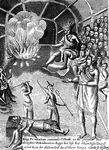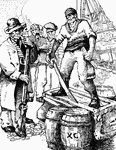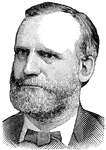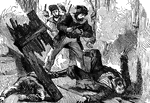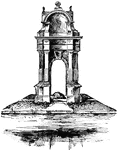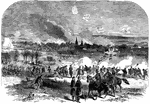
Bombardment of Fredericksburg
"Bombardment of Fredericksburg, Va., by the army of the Potomac, commanded by General Burnside, Thursday,…

The Pirate's Decoy
"'The Pirate's Decoy' Captain Semmes, of the Confederate privateer Alabama, decoying ships…

Hilton Head
"Exterior view of fortifications erected by the Federal troops at Hilton Head, Port Royal. S. C. Hilton…
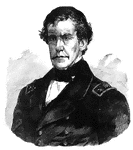
Rear Admiral Charles Wilkes
"Rear Admiral Wilkes, born in New York city, April 3rd, 1798, died in Washington, D. C., February 8th,…
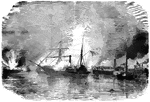
Harriet Lane
"Daring and desperate attack- surprise and capture of the United States gunboat Harriet Lane…

Siege of Vicksburg
"Siege of Vicksburg. Life in the trenches- bivouac of Leggett's Brigade- McPherson's Corps at the White…
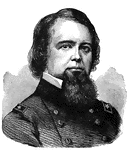
General John Pope
"General Pope, born in Louisville, Ky., March 16th, 1822, was graduated from the United States Military…

Rear Admiral John A. Winslow
"Rear Admiral Winslow, born in Wilmington, N. C., November 19th, 1811, died in Boston, Mass., September…

Rifle Pits
"Siege of Vicksburg- sharpshooters in the rifle pits constructed by Captain Hickenlooper."— Frank…

Mahaska Crew
"The crew of the United States gunboat Mahaska, Captain Foxhall A. Parker destroying the water…

Confederate rams
"Confederate rams from Charleston Harbor attacking the Federal blockading squadron, January 31st, 1863.…

Bogue Island
"The Federal siege works on Bogue Island, N. C., erected for the reduction of Fort Macon. Our sketch…
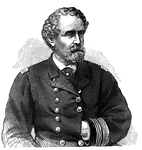
Rear Admiral James Alden
"Rear Admiral Alden, born in Portland, Me., March 31st, 1810, died in San Francisco, Cal., February…
Ogeechee River
"Reconnoissance in the great Ogeechee River, near Ossabaw Sound, Ga., by the ironclad monitor Montauk,…
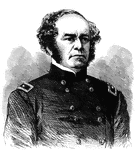
General Henry W. Benham
"General Benham, born in Connecticut in 1817, died in New York June 1st, 1884, was graduated from the…
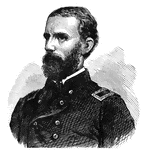
General Cuvier Grover
"General Grover, born in Bethel, Me., July 24th, 1829, died in Atlantic City, N. J., June 6th, 1885,…
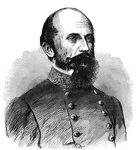
General John H. Morgan
"General Morgan, born in Huntsville, Ala., June 1st, 1826, died near Greeneville, Tenn., September 4th,…
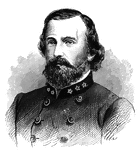
General Richard S. Ewell
"General Ewell, born in Georgetown, D. C., February 8th, 1817, died in Springfield, Tenn., January 25th,…

Battle of Bentonville
"The Battle of Bentonville, N. C.- Major General Mower, commanding First Division, Seventeenth Corps,…
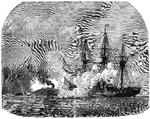
Mobile Harbor
"Farragut's naval victory in Mobile Harbor. The Hartford engaging the Confederate ram Tennessee.…
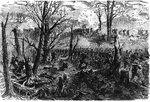
War in Tennessee
"The war in Tennessee. Capture of Mission Ridge, near Rossville, by General Thomas, November 25th, 1863.…
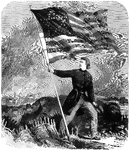
Old Flag
"The old flag again on Sumter- raised (on a temporary staff formed of an oar and boathook) by Captain…
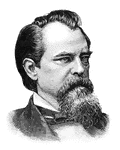
General J. B. Gordon
"General Gordon, born in Upson County, Ga., February 6th, 1832. He was educated at the University of…

General James Longstreet
"General Longstreet, born in Edgefield district, S. C., January 8th, 1821, was graduated from the United…

Gulliver Climbing Out
Gulliver is discovered at sea by a crew of Englishmen, who help him out of his box.

Captain
After being rescued at sea, Gulliver gives the Captain a giant's tooth in return for his civilities.
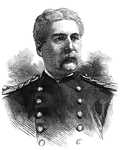
General Edward Hatch
"General Hatch, born in Bangor, Me., December 22nd, 1832. In April, 1861, he was a member of the District…
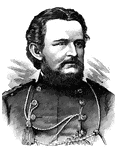
General Wesley Merritt
"General Merritt, born in New York city June 16th, 1836. He was graduated at the United States Military…
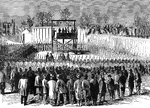
Captain Wirz's Execution
"Execution of Captain Wirz at Washington, D. C., Friday, November 10th, 1865."— Frank Leslie, 1896
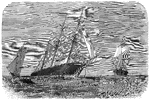
Victory off Cherbourg
"The naval victory off Cherbourg, France, June 19th, 1864- the pirate Alabama Captain Semmes,…

Acquia Creek
"The attack upon the batteries at the entrance of Acquia Creek, Potomac River, by the United States…

Major Zagonyi
"Second charge upon the Confederates by General Fremont's bodyguard, under Major Zagonyi, near Springfield,…

Battle of Belmont
"Battle of Belmont, Mo., opposite Columbus, Ky, November 7th, 1861- Federal forces commanded by U. S.…

Fort Pulaski
"The bombardment of Fort Pulaski, second day, Friday, April 11th, 1862. General Quincy A. Gilmore took…

Iroquois
"Terrible effect of a discharge of grape from Fort Jackson on the Federal gunboat Iroquois,…

Captain Nathaniel Lyon
"Captain Nathaniel Lyon fought for the Union during the Civil War."—E. Benjamin Andrews 1895
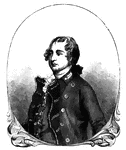
Sir Guy Carleton
Sir Guy Carleton, afterward Lord Dorchester, was Wolfe's quartermaster at the storming of Quebec, and…
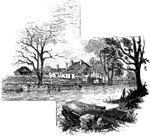
Greene and Knox Head-Quarters
"Head-quarters of Greene and Knox. This view is from the turnpike road, looking southeast. The water…
Peekskill Landing
"View from Peekskill Landing. This view is from Peekskill landing, looking up the river. On the left…
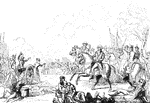
Monmouth
"The field of Monmouth. In the picture here given, the chief is seen most prominently on his white charger,…
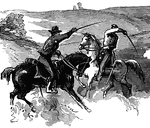
Old Church
"Desperate skirmish at Old Church, near Tunstall's Station, VA., between a squadron of the Fifth United…

Old Church
"Desperate skirmish at Old Church, near Tunstall's Station, VA., between a squadron of the Fifth United…
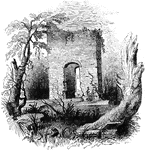
Jamestown Ruins
"Ruins at Jamestown. This view is from the old church-yard, looking toward James River, a glimpse of…

Hale Statue
"Statue of Nathan Hale. It was during his treated that an event occurred which showed how much Americans…
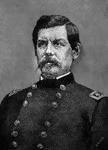
George B. McClellan
"George Brinton McClellan was born at Philadelphia, December 3, 1826. He was for two years a student…

Captain Fremont
Captain Fremont, John Charles Fremont, was a presidential candidate and American military officer.
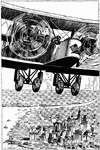
Captain Roy N. Francis over NYC
Captain Roy N. Francis, one of the best-known American pilots, flying over New York.
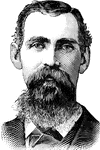
Captain W. L. Couch
Leader of the "Oklahoma Boomers," Couch and his group explored the west and Native American territory.

James Lawrence
A naval officer, born in Burlington, New Jersey, Oct. 1, 1781; died June 5, 1813. He became lieutenant…

